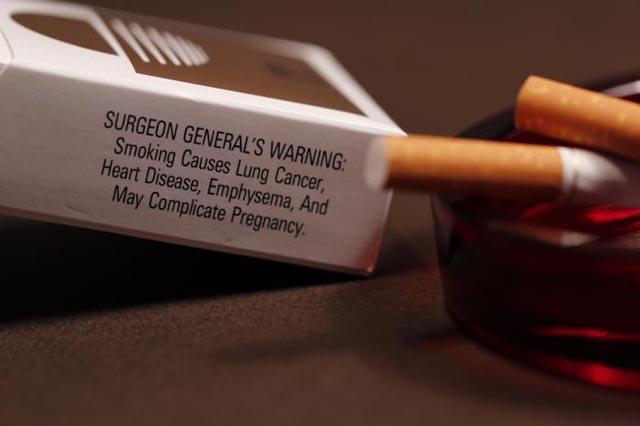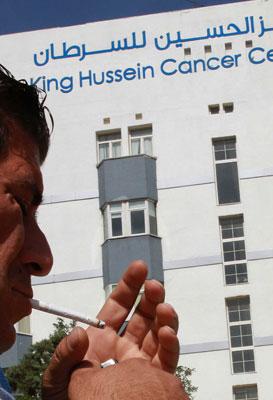You are here
When and why women should screen for cancer
By Yacoub Majdoubeh - Feb 01,2016 - Last updated at Feb 01,2016
Cancer screening for women, as it is for men, is extremely important. It allows for detection of cancer at an earlier stage.
Detecting cancer at an earlier stage means a better prognosis, and a more effective treatment for the affected individuals.
For example, in stage one breast cancer, the percentage of individuals cured may reach up to 100 per cent; however, for stage 4 breast cancer it is only around 20 per cent.
It is precisely in these percentages that the difference lies.
Screening tests exist for four types of cancers in women: breast cancer, colorectal cancer, cervical cancer and lung cancer (in a specific group of smokers).
Breast cancer is the most common cancer in females and it holds the highest percentage for most cancer cases in Jordan (around 20 per cent of all cancer cases).
At the age of 20, all women should start breast self-examination and report any new breast symptoms to their physician. It is preferable that women between the ages of 20 and 40 undergo a clinical breast exam (a breast exam carried by a healthcare professional) once every three years.
At the age of 40 all women should start having a yearly mammogram.
Colorectal cancer is the second most common cancer in females. Screening for colorectal cancer should start at the age of 50. There are several colorectal cancer screening tests; however, the most common are a colonoscopy once every 10 years (best colorectal cancer screening test), and a yearly stool test.
As for cervical cancer, women aged 21 and above should consult their gynaecologist to discuss screening on an individual basis.
Lung cancer is the most common cause of cancer deaths in Jordan. Screening for lung cancer is not necessary for all women, only for a specific group of smokers. A woman should screen for lung cancer if she is between 55-74 years of age and in good health, an active or former (must have quit within the past 15 years and not before) smoker with 30 “pack years’’ (discussed below) of smoking. People who fit these criteria should undergo a yearly lung CT scan from the ages of 55 to 74. Of course one could simply avoid screening for lung cancer altogether by not smoking.
As I have discussed in a previous article, “Pack years” is a figure that incorporates two things: the number of years a person has smoked, and the number of packs a person smokes per day. Both numbers are multiplied, and the product of their multiplication is the pack years. Say, for example, a woman smoked two packs per day for 15 years, she would have 30 pack years, which is the same as an individual who smoked 1 pack per day for 30 years.
To sum up, all women should screen for cancer. Screening, in general, is an integral part of health as it allows a person to remain in constant sync with one’s own body. Cancer screening, specifically, is crucial because it allows for the earlier detection of cancer and thus bettering the prognosis.
Women should consult with their healthcare professionals to discuss the frequency and timeline for screening; some may need to start the screening process earlier than that discussed, depending on certain factors, such as a family history with the disease.
The writer is an MD currently working on cancer screening awareness and general health screening campaign. He contributed this article to The Jordan Times.
Related Articles
Young women who smoke may have an increased risk of a common type of breast cancer, according to a new study.
AMMAN — Yazeed was 12 years old when he had his first shisha, an instrument for vaporising and smoking flavoured tobacco.
AMMAN — The King Hussein Cancer Foundation (KHCF) on Wednesday held a virtual session for reporters to raise awareness about issues related

















